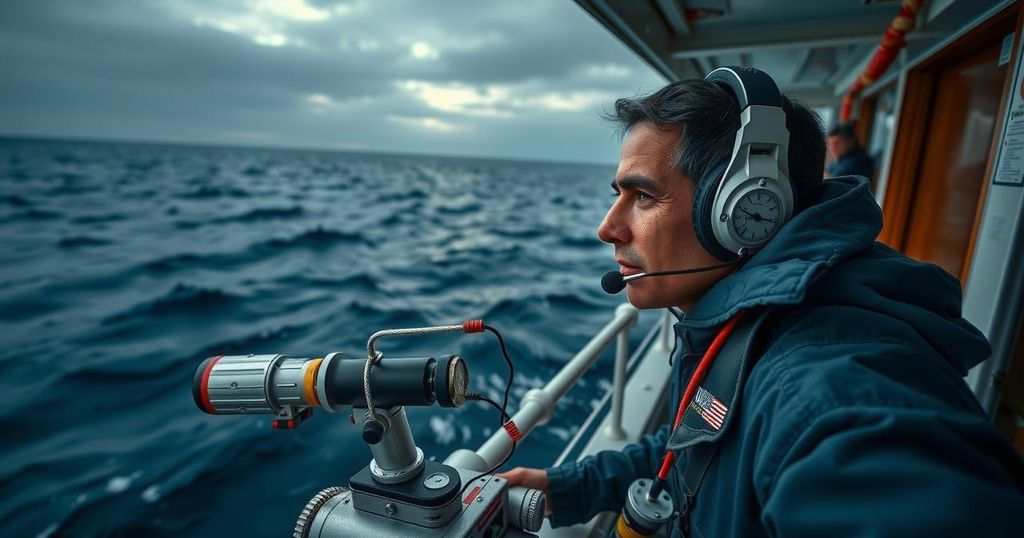Durham Scientist Joins International Team to Study Tohoku Earthquake Causes

Rebecca Robertson, a Durham scientist, is part of an international team drilling the seabed off Japan to study the 2011 Tohoku earthquake. The expedition, JTRACK, builds on previous research to understand the unique characteristics of this tectonic event, which resulted in catastrophic damage and loss of life.
A Durham scientist, Rebecca Robertson, is part of an international team that is drilling into the seabed off Japan’s east coast to study the 2011 Tohoku earthquake. This earthquake, one of the largest in modern times, triggered a catastrophic tsunami that devastated infrastructure and caused the Fukushima Daiichi nuclear disaster, resulting in approximately 18,500 fatalities and displacing over 160,000 individuals.
The project, known as JTRACK, continues the work initiated by the Japan Trench Fast Drilling Project (JFAST), which in 2013 obtained samples from the Japan Trench plate to investigate the earthquake’s origins. Presently, the JTRACK team is aboard the Chikyu deep-sea drilling vessel, undertaking a four-month expedition that aims to drill through the fault line where the earthquake occurred.
Throughout their mission, the researchers have advanced past the continental plate into the Pacific Ocean’s subducting plate. They are currently implementing an observatory within the fault structure and engaging in the sampling of deep-sea sediments and fault materials. By collecting high-resolution imagery of the fault zone, the team intends to analyze these findings in conjunction with the sediment samples to illuminate the mechanisms behind the unique characteristics of the Tohoku earthquake.
Prior to 2011, it was widely accepted that while subduction zones are typically sites of significant earthquakes, the upper portions of such faults were not known to exhibit similar breaks. However, the Tohoku earthquake defied this notion by producing unprecedented fault displacement that reached the ocean floor. The JTRACK expedition, comprising more than 60 scientists from Japan, America, and Europe, aims to deepen understanding of such phenomena.
The Tohoku earthquake of March 11, 2011, is recognized as one of the most powerful earthquakes recorded in modern history. The 9.1 magnitude tremor generated a tsunami that caused extensive destruction along Japan’s northeastern coast, particularly impacting the Fukushima Daiichi nuclear facility. The Japan Trench, where the Pacific Plate subducts beneath the North American Plate, remains an area of intense scientific interest. Understanding the factors contributing to the earthquake’s severity and the resultant tsunamis is vital for disaster preparedness in seismic zones worldwide, making studies like JTRACK particularly significant for future earthquake research.
In summary, the ongoing JTRACK expedition seeks to uncover the complexities of the 2011 Tohoku earthquake through in-depth drilling and sampling of the fault line. With Durham’s researcher Rebecca Robertson among an international team of experts, this project aims to redefine current understandings of subduction zones, potentially leading to improved predictive models for future seismic activities. Such research is crucial in enhancing safety measures and preparedness for similar natural disasters globally.
Original Source: www.durham.ac.uk







